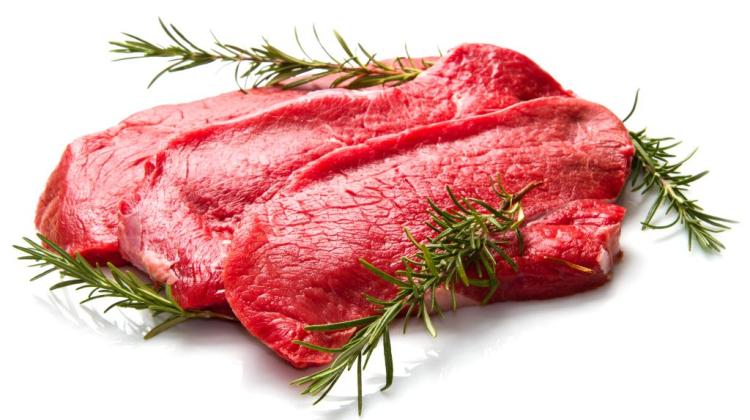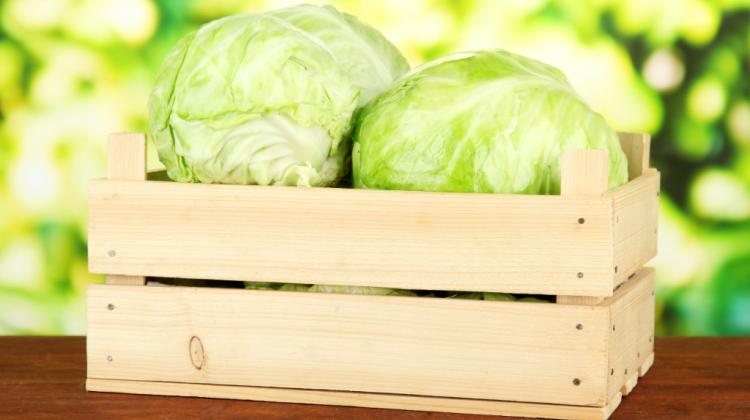Smart material will extend the shelf life of food
 Photo: Fotolia /
Photo: Fotolia /
It can extend the storage time of food, protect hospital furniture from germs, and even fences and walls from destructive algae. Smart material with nanoparticles of silver and copper, destroying bacteria and harmful microorganisms, has been developed at the Industrial Chemistry Research Institute.
Precious metal nanoparticles are structures ranging in size from 1 to 100 nanometers. Due to their microscopic size, and large interaction surface, they exhibit biological properties even in extremely low concentrations. Particularly silver nanoparticles that can combat harmful bacteria are one of the popular methods to combat pathogenic microorganisms. In recent years, they are increasingly used in the industry: in cosmetics, household chemicals, and even to protect works of art against fungi and bacteria.
Scientists from the Industrial Chemistry Research Institute in Warsaw came up with another application. They developed biocidal packaging, which contains nanoparticles of silver or copper. "Our packaging gradually releases nanosilver or nanocopper, giving the packing film biocidal properties" - explained co-author of the invention, Dr. Maria Zielecka from the Industrial Chemistry Research Institute.
Packaging can be used for each type of food including vegetables or fruits. "It extends storage times and maintain food properties, preventing the development of putrefaction. This packaging helps to maintain taste and aesthetic properties of food. It simply keeps food products healthy, they can be, for example, transported between continents" - emphasized Managing Director of the Industrial Chemistry Research Institute Dr. Regina Jeziórska.
Some bacteria are destroyed by the packaging with 100 percent efficiency. "In relation to them, it acts biocidally. For others it has a bacteriostatic effect. This means that the action of the packaging prevents the number of bacteria from growing, and after a while they all die" - explained Dr. Regina Jeziórska.
Nanosilver and nanocopper bond chemically with the surface of the packaging, and therefore do not penetrate into the food. Nanoparticles - the size of 7-9 nanometers - do not need to cover the entire packaging, but only the areas that have contact with food.
We all know the distinctive look of the strawberry "skin". On its surface there are evenly distributed tiny seeds. "Nanoparticles of silver or copper are anchored on the surface of spherical nanosilica and their distribution can be compared to the surface of a strawberry. The permanent anchoring of metal nanoparticles on the surface of spherical nanosilica provides long-term biocidal effect" - explains Dr. Maria Zielecka from the Industrial Chemistry Research Institute.
Materials developed at the Institute for the production of packaging can be used for more than preserving food. "They can be used in all public places. Hospital tops covered with a thin layer of the material will prevent bacterial growth. Used as an additive for paints and varnishes they increase resistance to algae and fungi - Dr. Jeziórska said in an interview with PAP.
Several companies are already interested in using the product. Each of them wants to use it in a different form and for a different purpose. The commercialisation process of the invention depends on the use and needs of the company.
PAP - Science and Scholarship in Poland, Ewelina Krajczyńska
ekr/ agt/ mrt/
tr. RL
Przed dodaniem komentarza prosimy o zapoznanie z Regulaminem forum serwisu Nauka w Polsce.















